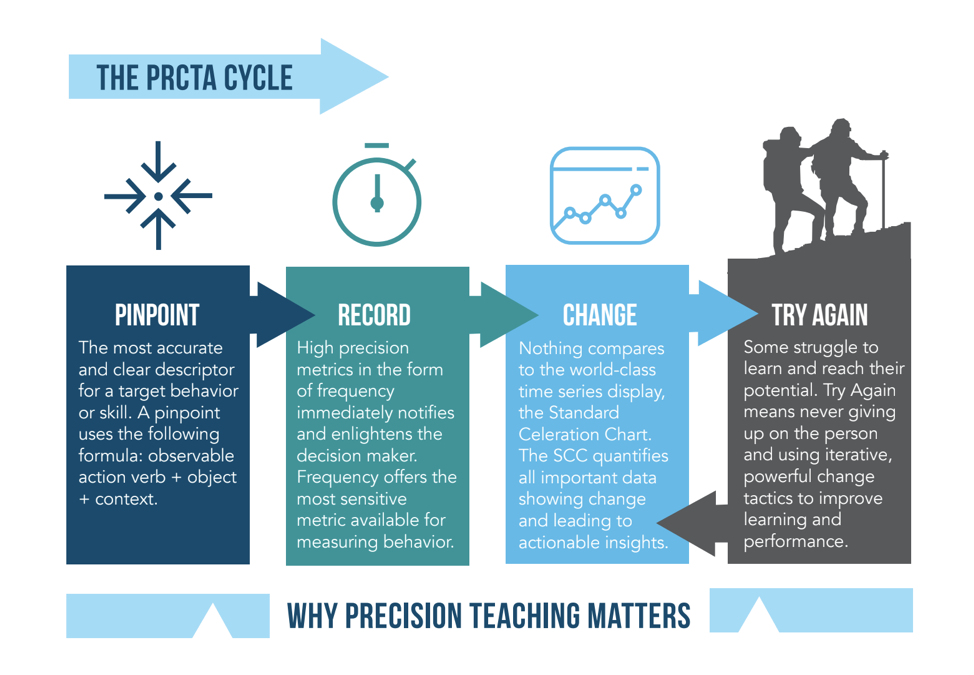SEND Groups
Sensory Circuits

Sensory Circuits use sensory-based movement activities which prepare children and young people for the day’s learning and help them to achieve the ‘just right’ level of alertness they need to concentrate.
They are made up of around 15-20 minutes of activities to help with sensory regulation. A Sensory Circuit includes three sections: Alerting, Organising and Calming. The idea is to start with Alerting activities then move to the Organising section and finally to the Calming section. It’s important to do the activities in this order to have a positive effect.
The aim of setting up a sensory circuit is to provide a way for children and young people to regularly receive a controlled sensory input. At Kempston Rural, these are done with a small group of children at the start of each school day.
You can also adapt the sensory circuit at home depending your space and the equipment you have. The following link includes information about self-regulation and ideas to support you to create a sensory circuit at home: https://ncse.ie/wp-content/uploads/2020/03/Lets-Get-Regulated-Information-for-Parents.pdf
Lego Club


Lego Club supports children in developing social communication skills, such as sharing, turn-taking, following rules, using names and problem-solving.
Children work in groups of three with each participant having a distinct role to build a Lego model collaboratively:
- Engineers use the Lego instructions and ask the Supplier for the specific pieces of Lego needed.
- Suppliers give the Builder the pieces.
- Builders follow the building instructions from the Engineer in order to construct the model.
Children are encouraged to switch roles within and between session, so each child gets an opportunity to develop their skills.
The sessions aim to be very child-led, and having the Facilitator only helping to steer the session, rather than control its contents. For example, the children are encouraged to come up with the ‘Ground Rules’ for the sessions, including examples like ‘’If it gets broken, fix it or ask for help” and “If someone else is using it, ask first”. Children are also encouraged to decide who plays which role, and when they should swap roles.
Precision Teaching
Precision teaching is based on the idea that pupils need to build fluency in order to apply their knowledge to tasks.
It allows the adult working with the child to identify what works best for an individual child. Priority skills that need intervention are identified (e.g. word reading), and these are then assessed, providing a baseline. Children then receive short 10 minute 1:1 teaching sessions daily, focussing on the skills they need to practice, and they then test the skills again the same day. The teaching is always tailored to the way each individual child learns. The recording of the results and identifying of next steps is all done in collaboration with the child so that they have full inclusion and ownership over their learning and progress.


